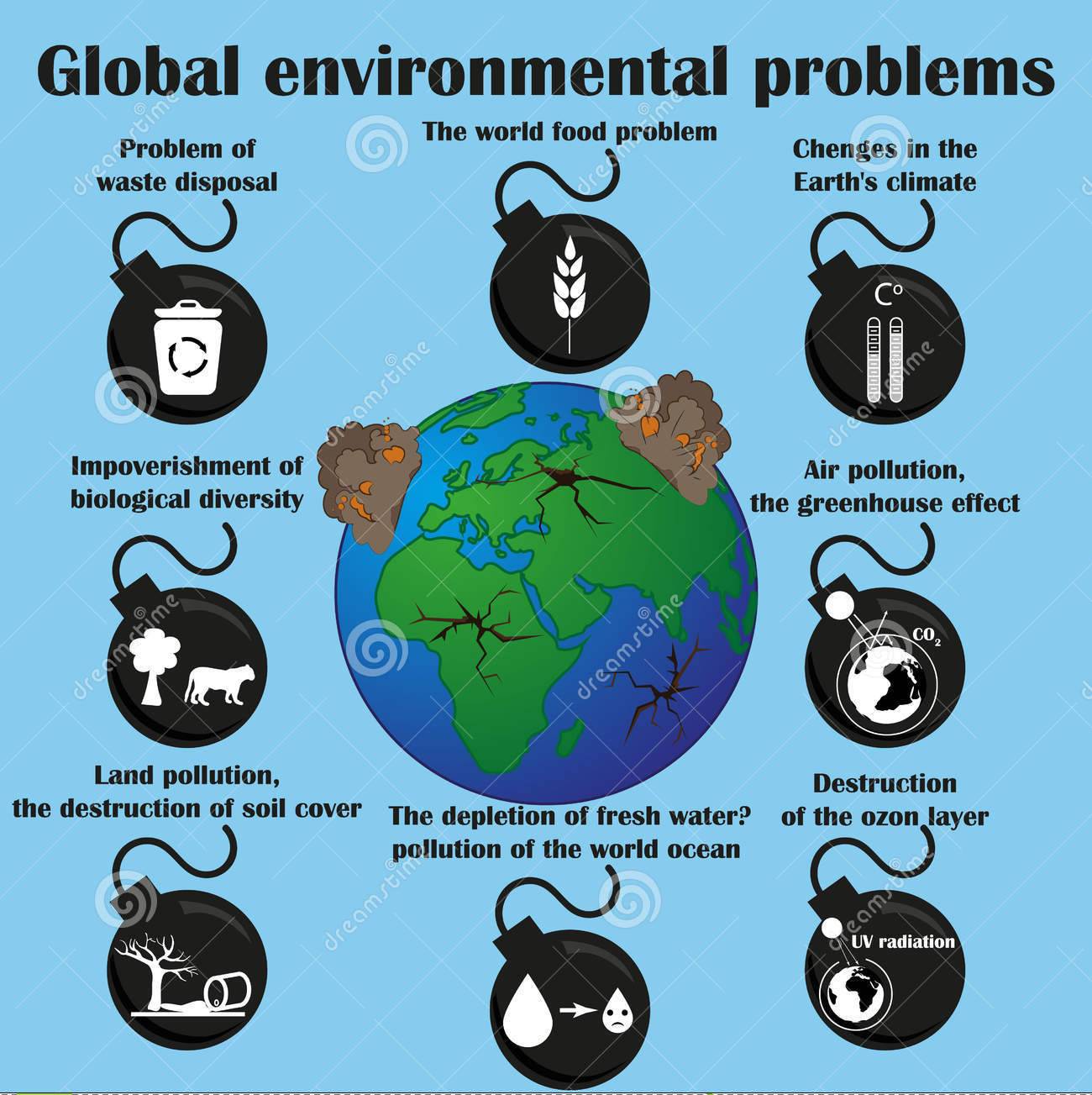Communication
| Site: | Cowichan Valley School District - Moodle |
| Course: | ELA10 - Composition (2 credit), CSS, Seipp |
| Book: | Communication |
| Printed by: | Guest user |
| Date: | Tuesday, 23 December 2025, 3:33 PM |
Introduction
Effective communication requires that we...
1. Connect and engage with others
2. Acquire, interpret and present information
3. Collaborate to plan, carry out, and review constructions and activities
4. Explain/recount and reflect on experiences and accomplishments
Consider all of these elements as you work through the assignments in this section.
Your final project will be to create an infographic on a topic around an environmental issue. The assignments leading up to the project will help you through the research process.

Summary Explanation of Assignments
Here is a quick overview of the assignments for this unit. However, be sure you read over the specific assignment instructions that follow for each one. Review the marking rubrics for the assignments before you start.
ASSIGNMENT 1: Effective Searching
Practice some specific internet search skills in order to wade through the ocean of information at our fingertips.
ASSIGNMENT 2: The CRAAP Test
Use a set of criteria to evaluate two websites.
ASSIGNMENT 3: Integrating Quotations
Practice integrating quotations and properly giving credit to and using information.
ASSIGNMENT 4: Using Visual to Present Information
Create a mind map of effective infographic elements.
ASSIGNMENT 5: Storing Your Research
Create a system for storing your research.
ASSIGNMENT 6: PROJECT: Caring For Place.
Research a problem in your physical world and present your topic using an infographic.
ASSIGNMENT 1: Effective Searching
|
Learning Target (Curricular Competencies):
|
Task: Most people tend to go to Google and enter some questions or words to complete a search. There are several tips, tricks, and techniques to find what you are looking for with faster and better results. In this case, your goal is to explore an environmental issue, which you will create a presentation on later in the unit.
1. Download and complete the assignment 2.1 Effective Searching.
Open this document for an example using the topic of e-cycling.
Assessment: Below you will find the exemplary criteria used to assess the assignment.
Learning Target: (Exemplary 6/6): Exemplary comprehension of the task and clear accomplishment of the objective. Sub-topics on the chosen subject are created by using the search strategies effectively.
Presentation: (Exemplary 6/6): Snippets or examples of each strategy have been included to show how the strategy has been used. The assignment is complete.
Submission:
Use the "2.1 Effective Searching" link on the main page of this section of the course to upload your assignment to your teacher for marking.
ASSIGNMENT 2: The CRAAP Test
|
Learning Target (Curricular Competencies):
|
source: https://libraryguides.mcgill.ca/c.php?g=697314&p=4948504
Information is easy to find on the Internet, but remember anybody and everybody posts online these days. It is important to evaluate carefully your findings. Use the CRAAP method to think carefully about whether or not the content is reliable.
Task: Pick two of the resources that you used in assignment 2.1 and evaluate them using the chart above.
Open a word document, title it 1.2 "The CRAAP Test" and for each site provide the link and write a paragraph that includes one specific statement or example from each letter. Start your topic sentence with a statement of how you rated it overall.
EG. Overall this website scored a ... and is a ....source for.
Assessment:
Learning Target: (Exemplary 6/6): Exemplary comprehension of the task and clear accomplishment of the objective. The evaluation shows evidence of careful thought with specific examples from the websites.
Written Expression: Exemplary (6/6): Sentence structure and vocabulary are varied, skillfully written, and carefully chosen. Work has been proofread and there are few or no errors in spelling, capitalization, punctuation, and grammar. Content contributes to the central idea and makes insightful connections with logical organization.
Submission:
Use the "2.2 The CRAAP Test" link on the main page of this section of the course to upload your assignment to your teacher for marking.
ASSIGNMENT 3: Integrating Quotations
|
Learning Target (Curricular Competencies):
|
It is okay to use the words of others at times. Just don't forget to give them credit or it will be plagiarizing!
There are three basic rules to follow when choosing quotations:
(Note: a quotation is not just when you quote a character—it is also when you quote text)
- Use quotations when another writer’s words are memorable and will make your paper more interesting.
- Use quotations when another writer’s words can say something better than you.
- Use quotations when you want add authority to your paper. Basically, you are providing proof that what you are arguing is true.

Learning Targets: Integrate quotes into a body of work using MLA style and use a works cited tool.
Tasks:
1. Read carefully this handout on Integrating Quotes.
Here's a summarized example of using quotes in writing:
For Example
MLA format follows the author page # method of in-text citation. This means that the author's last name and the page number(s) from which the quotation or paraphrase is taken must appear in the text, and a complete reference should appear on your Works Cited page. The author's name may appear either in the sentence itself or in parentheses following the quotation or paraphrase, but the page number(s) should always appear in the parentheses, not in the text of your sentence.
In-text citation: (look for author and page #)
- Wordsworth stated that Romantic poetry was marked by a "spontaneous overflow of powerful feelings" (263).
- Romantic poetry is characterized by the "spontaneous overflow of powerful feelings" (Wordsworth 263).
- Wordsworth extensively explored the role of emotion in the creative process (263).
The works cited:
Wordsworth, William. Lyrical Ballads. London: Oxford U.P., 1967. Print.
2. Download this "2.3 Integrating Quotations" to and complete the worksheet to practice integrating quotes.
Assessment: Below you will find the exemplary criteria used to assess the assignment.
Learning Target: (Exemplary 6/6): Exemplary comprehension of the task and clear accomplishment of the objective. All tasks are complete, organized as specified, and thoughtful.
Written Expression: Exemplary (6/6): Sentence structure and vocabulary are varied, skillfully written, and carefully chosen. Work has been proofread and there are few or no errors in spelling, capitalization, punctuation, and grammar. Content contributes to the central idea and makes insightful connections with logical organization.
Submission
Use the "2.3 Integrating Quotations" link on the main page of this section of the course to upload your assignment to your teacher for marking.
ASSIGNMENT 4: Using Visuals to Present Information
|
Learning Target (Curricular Competencies):
|
"How do you make complicated subjects like the carbon budget or the future of big data seem approachable or even entertaining?
The answer is simple: infographics.
Do you know how many homes had computers in 1982 compared to 2012? Do you know what career best suits your personality?
The reason why infographics are so popular might have something to do with the fact that 65% of the world’s population is made up of visual learners. When complex topics and data are presented in raw form, they can be hard to deliver and understand, but when they are condensed and depicted graphically, they can become much easier to understand.
To celebrate the complex and brilliant artistry that goes into designing infographics, we’ve curated 40 of the best.
Task:
1. Read this article on examples on 40 infographic ideas to jumpstart your creativity. It explains 13 types of infographics. There are also many other resources on the internet if you are interested; try googling "infographics on infographics".
2. In a hand-drawn mind map something like these examples, record in point form some important features to include when creating an infographic. (You won't be assessed on your artistic ability, but have fun with colours and shapes etc.)
Assessment: Below you will find the exemplary criteria used to assess the assignment.
Learning Target: Exemplary (6/6): Exemplary comprehension of the task and clear accomplishment of the objective. Several important features of an infographic are included in a creative manner.
Presentation: Exemplary (6/6): The mind-map is organized in a logical fashion, attractive to the eye, and easy to read.
Submission
Use the "2.4 Using Visuals to Present Information" link on the main page of this section of the course to upload your assignment to your teacher for marking. Important: As it is hand-drawn, you can scan or take a photo of your work and upload it as a picture.
ASSIGNMENT 5 Part 1: Storing Your Research
|
Learning Target (Curricular Competencies):
|
Assessment and Submission
You will submit this document with your infographic in Assignment 5: Project - Caring for Place
ASSIGNMENT 5: PROJECT - Caring for Place
|
Learning Target (Curricular Competencies):
|
You are part of a global community on this earth and part of making a positive contribution is being aware of current issues that impact YOUR planet. Knowing the facts on important issues can influence how you and others make choices every day that will have positive or negative effects. Anything that affects the environment could likely change your life now and in the future.

For this assignment you will be picking an environmental issue to research and present in an infographic. This is the final unit project and will use skills you have been practicing in this unit. Read instructions carefully so as to not miss any components.
Tasks:
1. You will use the infographic tool Canva.com. Start a free account with your email and play around with the features in order to learn how to use it.
2. Content:
Your infographic should contain the following:
a. Title
b. Introductory paragraph. Refer back to your assignment on writing a hook for how to write an introduction.
c. Information presented in an organized way with graphics that support it.
d. Minimum 3 quotes or in-text citations, and a works cited. Refer to your lesson on works cited for how to do this properly and use this tool: Citation Machine to create a work cited at the bottom of your infographic as in this example.
Topics that might be addressed in your presentation:
1) Define the environmental issue you are covering.
2) What is the history behind the issue?
3) Who are the major “players” involved in the issue (government agencies, local townspeople, private or public organizations, etc)?
4) What are people doing to help prevent or change the issue?
5) How does this issue have an impact on humans and the environment now and in the future?
Assessment: Below you will find the exemplary criteria used to assess the assignment.
Learning Target: Exemplary (6/6): Exemplary comprehension of the task and clear accomplishment of the objective. The infographic presents the content in an effective, concise and complete manner.
Content: Exemplary: Content includes a well- written introduction, proper in-text citations and a works-cited section at the bottom.
Presentation: Exemplary (6/6): Elements of design (graphics, colour, font, titles, etc.) add to the delivery and flow of the content in an effective and creative way.
Written Expression: Exemplary (6/6): Sentence structure and vocabulary are varied, skillfully written, and carefully chosen. Work has been proofread and there are few or no errors in spelling, capitalization, punctuation, and grammar.
Submission
Use the "2.6 PROJECT - Caring For Place" link on the main page of this section of the course to upload your assignment to your teacher for marking.